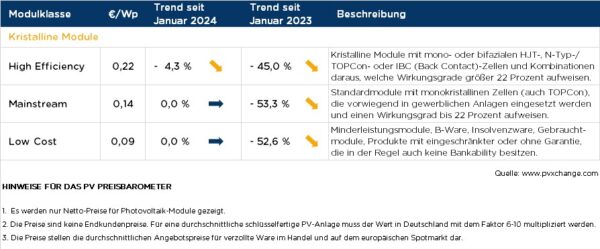Opinion
Cross-party discussions and the resulting uncertainties about future developments and political support continue to burden the European PV industry. Unlike in Spain and Poland, for example, this does not necessarily seem to be slowing down the growth of solar in Germany.
After a successful year in 2023, the new year began with promising figures. More than 1 GW of PV was deployed in Germany in January and this growth should continue unabated in February. This can be deduced from the sales figures of manufacturers and wholesalers.
However, higher demand is colliding with the hesitant shipment strategies of manufacturers. Apparently, after the shock of large inventories caused by overproduction last year, capacity in China has been significantly reduced and market oversupply has been curbed. This is an attempt to stop the dramatic price slide that began last year.
However, this is only happening gradually at the moment. There was no longer a significant downward correction in prices in February, but rather a sideways movement. A small price drop was only observed for high-efficiency modules.
Module prices were on a downward trend due to existing stocks from last fall, with volumes starting to slowly flow out. Nevertheless, installers are well advised to stock up on modules and inverters in good time for the next few months. Future module deliveries will be delayed and products will be slightly more expensive.
Author: Martin Schachinger
Martin studied electrical engineering and has been active in renewables for more than 20 years. In 2004, he set up pvXchange.com. The online platform allows wholesalers, installers, and service companies to purchase a range of components, including out-of-production PV modules and inverters.
This article was originally published in pv magazine and is republished with permission.
Disclaimer: The articles and videos expressed in this publication are those of the authors. They do not purport to reflect the opinions or views of Green Building Africa, pv magazine, our staff or our advertisers. The designations employed in this publication and the presentation of material therein do not imply the expression of any opinion whatsoever on the part Green Building Africa concerning the legal status of any country, area or territory or of its authorities.
















